L’Oreal’s Janet Neo, Chief Sustainability Officer for North Asia and China, speaks to WARC’s Jenny Chan about how the company is embracing sustainable supply chains, the circular economy and overcoming the ‘say-do’ gap.
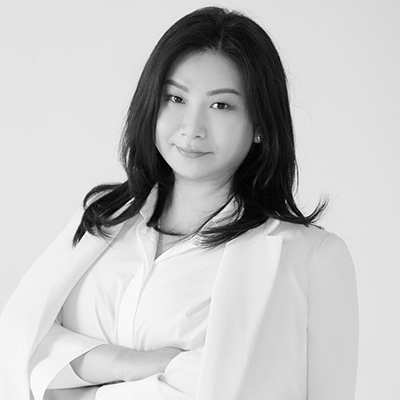
Janet Neo, Chief Sustainability Officer for North Asia and China, L’Oreal
The relationship between consumer-facing beauty brands and sustainability is symbiotic and there is potential for large-scale impact very visibly. What are the pillars in sustainability at L’Oreal?
As consumers, all of us use products in our daily lives. How many of you woke up and washed your hair today? L'Oréal has been on a journey with China for the last 26 years. While much media attention and discussions focus on green energy, in reality, sustainability is built on three pillars: starting with economic development, followed by society, and then the environment as a whole. The path to sustainability is not an overnight one.
What does sustainability mean to L'Oréal in this world? Well, we look at it from three perspectives. First, for a sustainable future, our company itself needs to transform. This transformation encompasses every aspect, from our business models to how we serve our consumers, how our products are delivered and collected, and how we empower our business ecosystem.
When you use our products, you might not be aware that we have many partners working in our supply chains. Sectors like agriculture, palm oil, and soy play significant roles in our business ecosystem. Without their transformation alongside ours, we won't be able to achieve our global goals by 2030. These complex problems have been discussed for a long time, and we still don't have all the answers. This is why it's crucial for us to work together.
We focus on several areas, including climate, water, biodiversity, resources, and, of course, the community. Recently, we launched a global fund of 50 million for the climate emergency. This reflects our awareness of the increasing global temperatures. The heat is rising every year, and the question is, do we have enough time to address this issue?
The climate crisis is escalating with rising regulatory, investor and consumer pressure putting the squeeze on marketers to act. How are you addressing various market realities in China?
For years, market research and data have consistently shown that people, including consumers in China, desire sustainability and are willing to pay more for it. An impressive 90% of consumers express this preference.
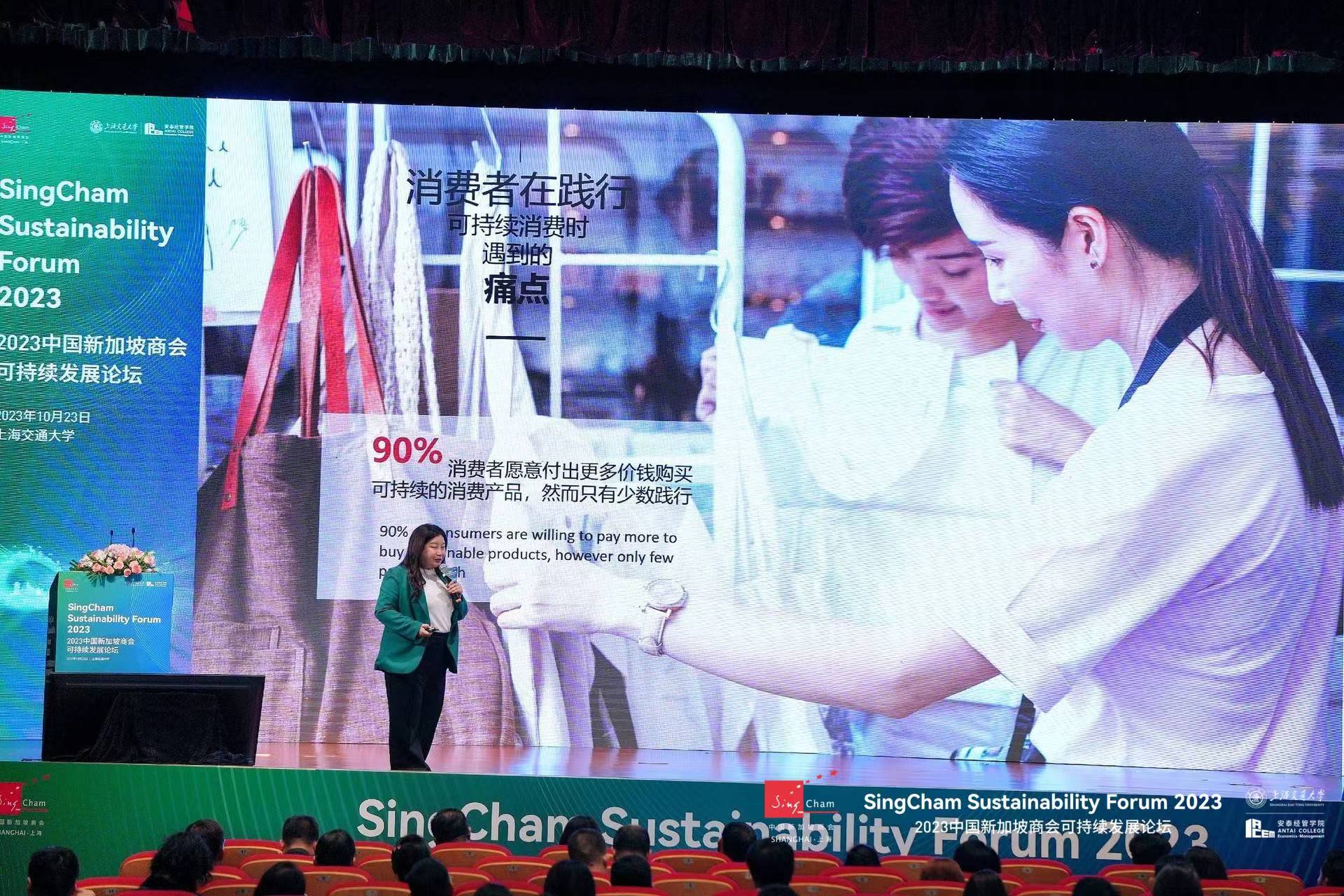
However, we've encountered a phenomenon known as the "say-do gap." We experienced this firsthand at L'Oréal when we introduced our first circular parcel in Hangzhou in a university town. Interestingly, despite concerns that participation might be low due to COVID, 75% of consumers who purchased our products chose the circular parcel option. However, only 5% of these consumers actually returned the parcel to the collection station. This presents an opportunity for companies like L'Oréal and all marketers to think about how to bridge this gap between intention and action.
In China, the world's largest and most advanced digital economy, we recognize that in the realm of beauty, sustainability is intertwined with digital innovation. We might even go so far as to say that sustainability is the new digital.
What are the benefits of taking a grassroots and personalized approach (i.e. working with local communities) VERSUS a top-down approach (global cooperation for uniformity and credibility)?
We adopt a personalized approach at L'Oréal, emphasizing a 'Glocalization Strategy.' While the strategy's framework is global, we consider local specificities when implementing it. We engage with local communities because we believe in respecting local culture and insights.
Sustainability is closely tied to government strategies and local policies, and in this regard, we also emphasize the importance of engaging with local public sectors. It is crucial for us to set the standard we aim to uphold and how we perceive the problem. Engaging in debates and discussions only strengthens our position. You might wonder why we take this stance – shouldn't sustainability initiatives be driven from the top down, with the government or management leading the way?
However, we want to offer an alternative perspective: what if the community itself drives sustainability? Consider this – in the beauty industry, L'Oréal is the fourth-largest advertising spender globally. Think about the countless touchpoints and the number of people influenced by beauty. The number of consumers in the world far surpasses the number of people within our company. In China, we have around 15,000 employees, but we firmly believe that the consumer should be at the center of sustainability.
Understanding their pain points and motivations is crucial. For example, we want to know why some consumers don't return circular parcels when it's as simple as dropping them off at the nearest pickup station. What are the barriers they face, and how do they feel about it? We need this knowledge to create effective solutions, as meaningful change starts at the grassroots level. Until we know, we don't know how to form another solution that will actually fly. The change that we want to see begins on the ground, and then as it gets on fire, it becomes a movement.
In China, a highly digitalized market where e-commerce plays a significant role in our business, we focus not only on reducing packaging waste for our finished goods through eco-design but also on addressing e-commerce parcel waste. Our green parcel initiative has been in place for over four years, with approximately 150 million parcels shipped by the end of 2022. This initiative is a result of collaboration with local retailers and communities.
Another example is the introduction of the 'Product Environmental Impact' Labeling, a system that rates the environmental impact of our products. Developed by our global headquarters with input from 11 international experts, when we introduced this system in China, we sought consultation from local experts and made adjustments to align with Chinese regulations. This system made its debut at the China International Consumer Products Expo in Hainan in April 2023, receiving endorsements from public sectors.
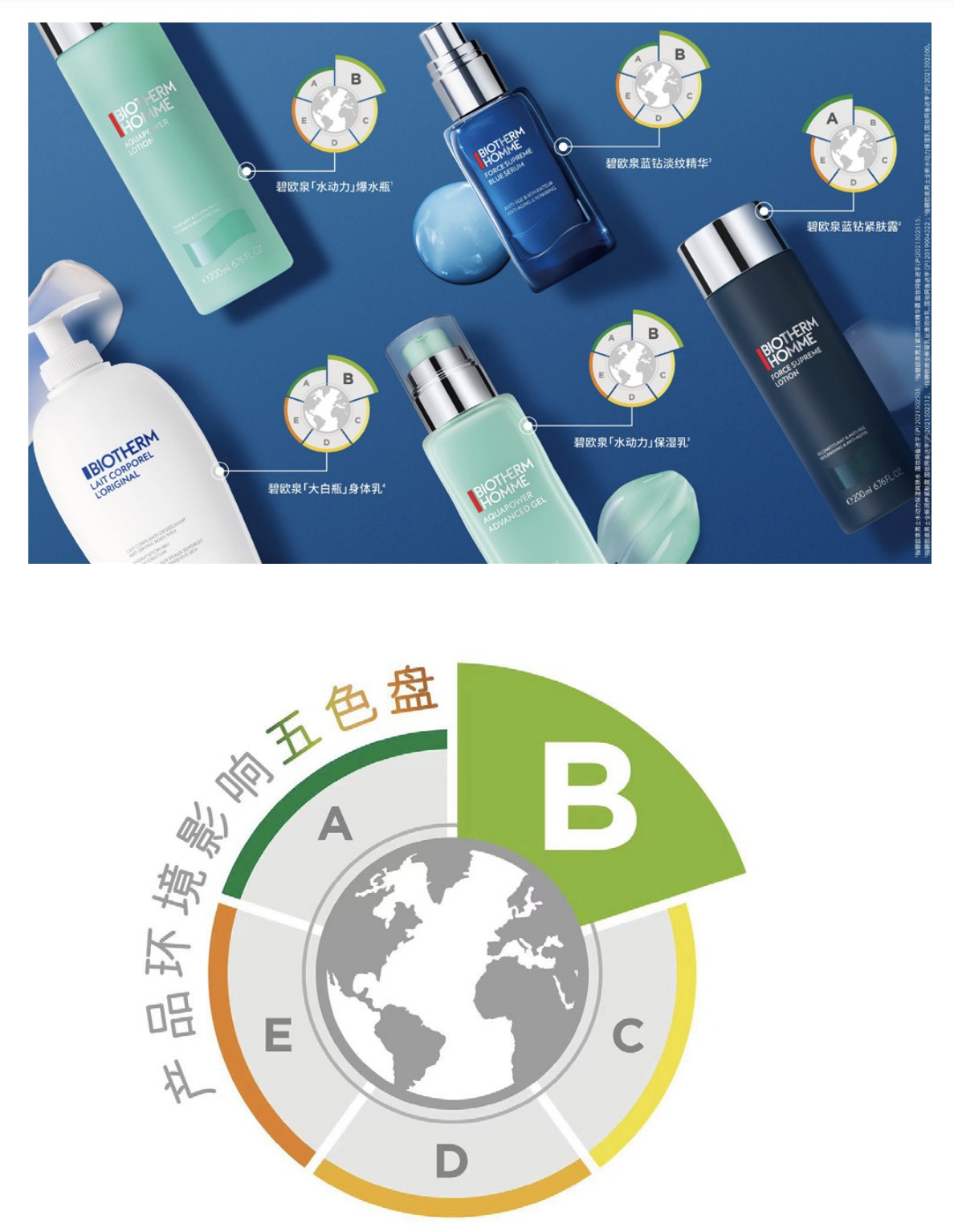
Please choose a side. Linear economy (take, make, dispose = achieving zero-waste goals) VERSUS a circular economy (reduce, reuse, refill = invest in recycling)?
The traditional linear economic model, which is based on a take-make-consume-throw away pattern, relies on large quantities of cheap, easily accessible materials and energy.
We firmly believe that within the framework of a circular economy, which involves sharing, leasing, reusing, repairing, refurbishing and recycling existing materials and products as long as possible, the life cycle of products is extended.
In practice, it implies reducing waste to a minimum. When a product reaches the end of its life, its materials are kept within the economy wherever possible thanks to recycling. These can be productively used again and again, thereby creating further value.
The reusing and recycling products would also slow down the use of natural resources, reduce landscape and habitat disruption and help to limit biodiversity loss.
When it comes to embracing a circular economy, we need to think about when and how we want to effect change. Do we seek immediate solutions that work now, or are we looking at longer-term changes that may take five or ten years to materialize? The concept of a circular economy has been around for a while and is primarily at a conceptual level. However, at L'Oréal, one of our cherished values is to "Create the beauty that moves the world."
Certainly, when you have a linear economy, you have waste management, you have green procurement, but there's a lot of resource efficiency that you don't get to unlock until the moment you start looking at the possibility for recycling. In a linear economy, there are operational and business opportunity challenges. Resource efficiencies are constrained in a linear system. Therefore, it's essential to define what we mean by a circular economy and whether it presents a business opportunity. At L’Oreal it creates the opportunity to innovate, and imagines how we can improve on infrastructure. How much of logistics efficiency we can unlock from that?
One of the key questions we ask is whether the desire to recycle and reuse is visible at the national level. If not, how can we influence change? We also need to think about how we design products, considering ways to use fewer materials or different materials. For example, using rechargeable materials for a product like our hair mask can save up to 60% of plastics. We need to look not only downstream but also upstream to redesign products. How are we going to create not just a national recycling system, but a global system. And this needs courage from leaders in every company, in every country. I think leaders have to decide if they're going to take a bet on innovations.
We understand that failure is part of the process, just like in Silicon Valley, where many startups fail. We need the courage to fail and the resilience to handle it. Curiosity, testing and learning are vital in our approach, which involves ongoing adjustments and fine-tuning. And how can we be a ginormous ship that moves, but still can handle failure? Can we tap and learn, and put back the learnings into other pilots and actually keep adjusting along the way? We now have 12 brands in China doing recycling, we also have inspired not just China, but the entire North Asia zone – Japan, Korea, Taiwan and Hong Kong – was also so inspired that consumers actually return their bottles. For Lancome, in three years, how many bottles were returned? 10 million based on organic actions.
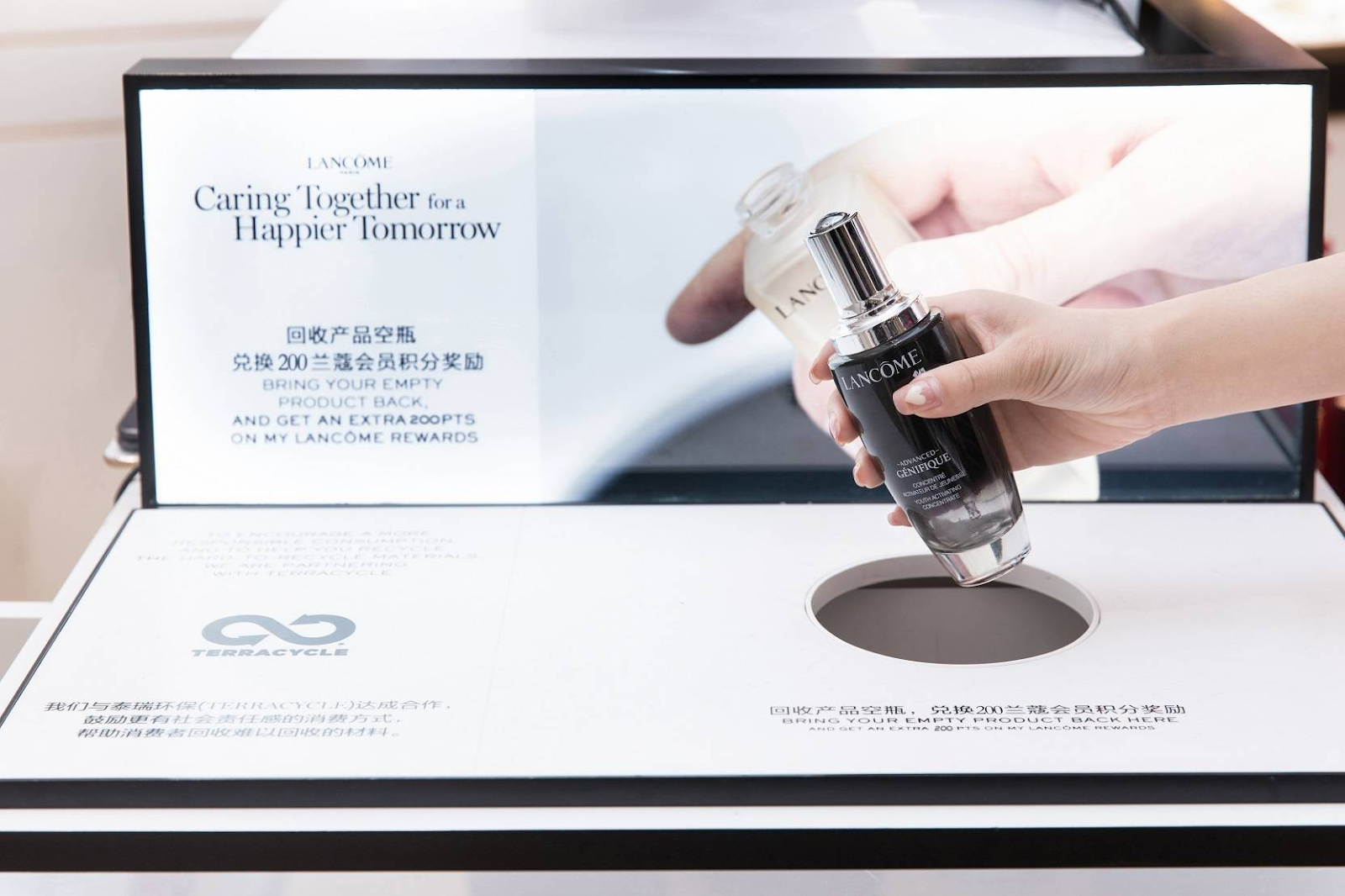
So what is the business opportunity we create here? We can expand the experience of the consumer after the purchase upon going home. We provide opportunities for the consumer to interact with the brand again by going back to the store and to reward that behavior, you get membership points. This translates into what all businesses want – customer loyalty and brand love.
Since 2018, we have implemented the empty bottle take-back program, involving 12 brands, and have collected around 390 tons of empty bottles. These materials have been repurposed into eco-friendly products, benefiting Chinese Hope Primary Schools and artists' projects, among others. Lancome, one of our prominent brands, now offers recycling programs in every store.
In 2022, L'Oréal Paris upgraded its Extraordinary Oil Shampoo and Conditioner packaging by adopting a 100% full plastic pump. This pump is made from PP material, eliminating the need for a traditional metal spring. It enhances recyclability and eases the sorting process. This marks the first time a full plastic pump has been used in a L'Oréal product.
In 2022, Maybelline, a L'Oréal brand, and Cainiao of Alibaba Group initiated a "circular packaging" program in Hangzhou. Circular parcels can be reused up to 40 times, offering a sustainable alternative to traditional single-use parcels. Cainiao is one of the 11 company relationships formed to commit to sustainability in China.
Planned obsolescence in consumer goods VERSUS ensuring durability & repairable products? Which is better?
Neither. Consumer goods are inherently fast-moving and must adapt to our ever-changing demands for improved quality of life and a better lifestyle. This dynamism often results in products that aren't built for durability and repairability. However, planned obsolescence isn't the only option. We believe that the focus should shift toward recycling and upcycling to give materials a second life.
In Shanghai, this year, our Helena Rubinstein Brand collaborated with the Shanghai Glass Museum to educate the public on the potential of recycled bottles. They showcased what can be created from used bottles after they've served their original purpose. This initiative challenges the notion of waste and explores the possibilities of transforming these bottles into something more valuable and beautiful. An excellent example is the recycling of HR Powercell Skinmunity glass bottles to create a glass Möbius band, symbolizing an infinite cycle, conveying the idea of unceasing vitality.
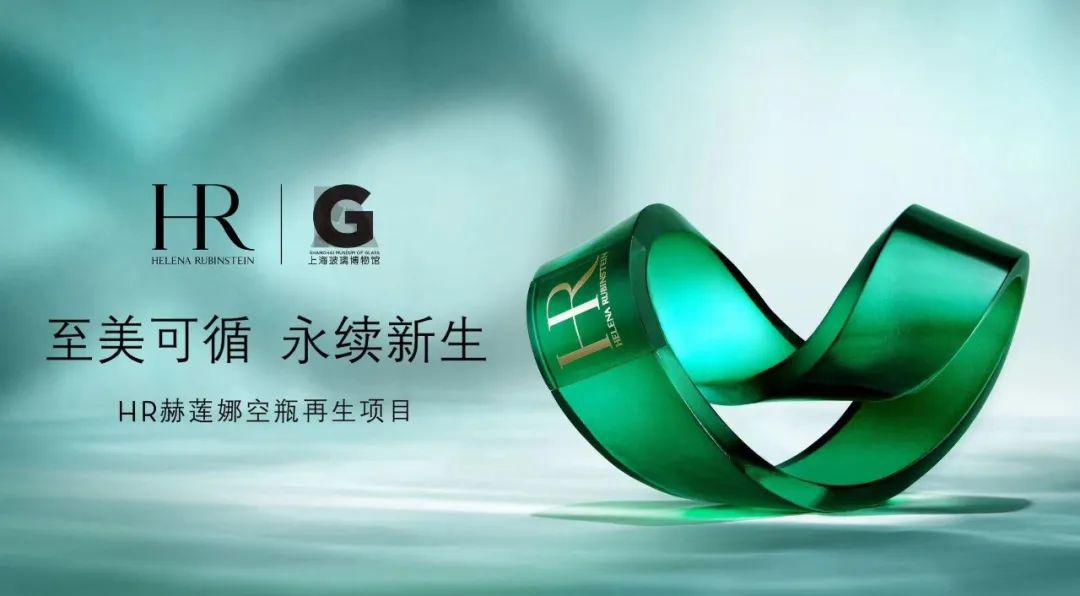
Lancôme and Jiayu Liu presented the artwork "Flower of the Desert" at the Lancôme Absolue Art Exhibition's sustainability segment. They used recycled Lancôme's Absolue empty bottles to craft Everblooming Roses, vividly illustrating the idea of continuous rebirth amid ever-changing circumstances.
For Chinese Hope Primary School, KIEHL'S empty bottles are recycled. They undergo a series of processes, including sorting, crushing, cleaning, drying, melting at high temperatures, and professional regeneration by entities like Terracycle to transform them into usable raw materials. After rigorous testing and reformulation, these recycled materials are repurposed into durable goods such as eco-friendly bags, clothing and environmentally friendly desks and chairs. Kiehl's has already provided 300 sets of such desks and chairs for students.
Is it more sustainable for consumer products to be locally sourced or globally sourced?
It is more suitable for consumer products to be globally sourced.
Global sourcing offers several advantages. Firstly, it ensures the consistency of raw materials' effectiveness across different markets, thereby guaranteeing uniform product quality worldwide.
Secondly, each raw material has an ideal environment, soil and climate for growth. Global sourcing allows us to embrace this diversity, which in turn, can help protect the planet's biodiversity. This approach involves adapting to local conditions and allowing each raw material to thrive where it is best suited. By doing so, we not only preserve the beauty of our products but also safeguard the beauty of our planet.
We leverage technology to cultivate plants in innovative and sustainable ways. Sustainable cultivation involves cultural practices and techniques that manage water resources, respect biodiversity and soil quality, minimize land occupation and reduce carbon emissions, all while providing biomass for innovation.
Our La Roche-Posay Cicaplast B5 Baume contains centella asiatica leaf extract and madecassoside sourced from Madagascar. This sourcing approach aims to contribute to local development in Madagascar while safeguarding the biodiversity of the project area in northeastern Madagascar.
We also source rice bran oil in Thailand. This not only enriches biodiversity and enhances soil quality but also increases the moisturizing capacity of the oil. In addition, it diversifies farmers' revenues and diets by encouraging the planting of fruit trees and native trees.
The challenge for marketers is to move beyond a one-size-fits-all approach. Not taking a one-size-fits-all approach is arguably more time and resource-consuming. Any advice on how to balance this approach at scale?
A one-size-fits-all approach is challenging in our beauty industry because each brand possesses a unique image and aspiration. However, we believe that there is room for synergy. Let's take refills as an example; we are currently advocating a refill strategy to reduce packaging waste and educate our consumers about sustainable consumption behavior. Nevertheless, different price tiers or categories may require distinct approaches.
For the personal care category, we must primarily consider value for money, making larger-sized pouches more suitable. Still, we can find synergy in other categories such as haircare or body care by scaling up the usage format.
In the case of skincare, factors like hygiene, convenience and aesthetics come into play, making refill cores a more fitting choice. When developing a refill core format, we also explore its potential application to other brands, while respecting each brand's unique image as portrayed through their outer packaging design. This approach enables us to expand the format without compromising the personality of each brand.
How has the climate of green hushing, greenwashing, alongside continuous efforts to prevent potential backlashes changed how your brand does marketing externally?
Greenwashing is a widespread issue. Can you truly believe or trust brands that claim to be eco-friendly and sustainable? We realized the need to back up our claims with measurable, globally recognized standards and create a returnable habit for consumers.
One of the first major changes we've introduced is ensuring that all formulations, particularly those containing plastics, are biodegradable and bio-based for use on the skin. This marks a significant revolution in the beauty industry. These products are already available in the market, like our hair mask jar.
Moreover, we've incorporated innovation and sustainability into our skincare line. Our commitment to sustainability extends to our physical stores, like the L'Oreal salon that opened this year. We aim to integrate sustainability elements into the in-store experience to help consumers understand where materials come from and how the products they use are sustainable.
However, the most critical aspect is measurement, as greenwashing remains a significant challenge. Gathering accurate data can be complex. In the past year in China, we have worked closely with authorities to develop a "Product Environmental Impact Labeling" system. This system uses Life Cycle Assessment methodology and takes into account 14 elements affecting the environment, certified by Bureau Veritas. You can now find this labeling on our products, providing valuable information about the product's environmental footprint, from carbon to water usage. We are committed to expanding the number of products certified with this label so that consumers can make informed choices during their shopping experiences.
Our solutions need to be robust and the measurement of their impact should be tangible. We believe that consumers' behavior can create an immeasurable impact and continuous consumer education and engagement can accelerate their transition to sustainable consumption. However, to achieve this, we must empower our consumers with the right tools.
At L'Oréal, we are adopting green science for our formula development and following the 3R eco-design principle for our packaging development to provide consumers with concrete and effective solutions.
What are key challenges that your brand has overcome in sustainability? What’s working and what’s not?
What's effective is when a brand addresses societal concerns while enhancing its brand image. We have implemented numerous initiatives and programs worldwide to support thriving and flourishing communities. Beyond the group's collective efforts, we encourage each of our brands to take action on pressing social and environmental issues. Each brand identifies its unique cause, conducts awareness campaigns and motivates its partners, clients and consumers to participate.
When a brand cause is introduced to a local market, we must consider the local culture and context, as well as the brand's target consumer profile.
For instance, L'Oreal Paris' global cause "Stand Up" aims to promote self-defense training to combat street harassment. However, in China, the brand has delved deeper into understanding its consumer profile and the social concerns of its target audience. This led to a shift in focus towards addressing sexual harassment in the workplace, making it more relevant to the local context.
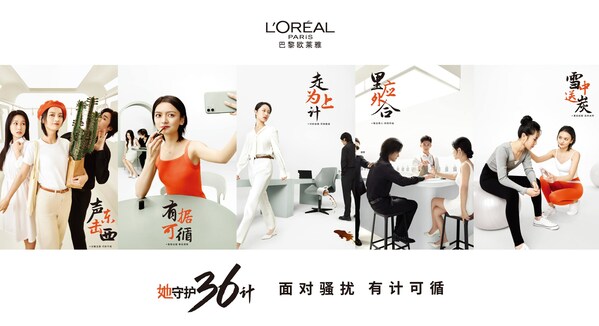
When implementing sustainability programs, how important is understanding cultural context (i.e. language, religion, values, etc) compared to just a physical and environmental context?
First, sustainability encompasses not only environmental concerns but also matters of social inclusivity. We are dedicated to both the well-being of our planet and our people, our community. For instance, through our inclusive sourcing program, Solidarity Sourcing, we have collaborated with partners and suppliers to provide opportunities for vulnerable individuals, including women, single mothers and people with disabilities, to secure long-term employment.
Thanks to our extensive range of purchasing activities and the presence of our many entities worldwide, we have contributed to 401 local inclusive projects, supporting the employment of 85,544 individuals in 70 countries.
Second, we believe that the local cultural context can help us define the priorities or the key areas we should focus on. For instance, in Asia, we have observed that consumer expectations are anchored on "health and safety" and "mental health and well-being." This insight guides us in shaping our brand causes. For example, our Professional Product Division recently launched a brand cause campaign called "Heads Up" to raise awareness about the mental health challenges hairstylists face and provide them with free mental health resources.
You might feel that the issue of sustainability is daunting and wonder if any of us can truly make a difference to make the world a better place. It can indeed seem overwhelming at times. However, consider this: even if you return one bottle at a time or take one action at a time, and if all of us join together in doing so, our collective impact is significant.

